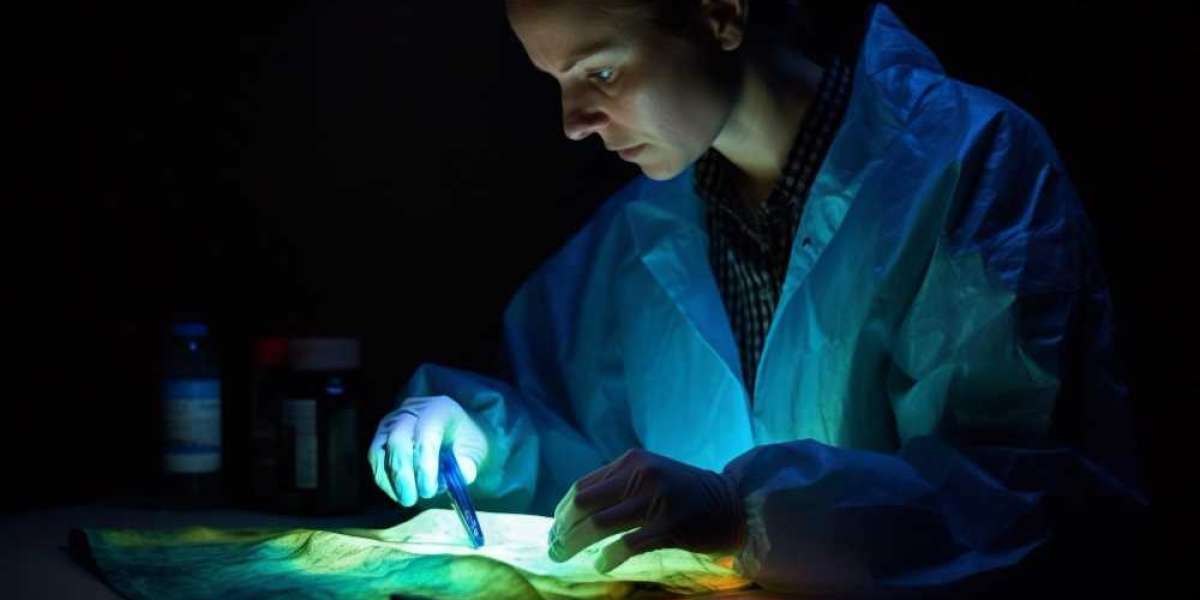The Role of 3D Bioprinting in Healthcare
1. Tissue Engineering and Regenerative Medicine
One of the most promising applications of 3D bioprinting technology lies in the field of tissue engineering. Researchers and healthcare professionals are using bioprinters to fabricate living tissues by layering bio-inks composed of cells, growth factors, and biomaterials. This enables the development of tissues such as skin, cartilage, and even organ components for transplantation.
In regenerative medicine, 3D bioprinting allows the creation of custom scaffolds for tissue repair, improving outcomes for patients with severe injuries or degenerative diseases. For instance, researchers have successfully 3D-printed skin grafts for burn victims, significantly reducing healing time and improving the integration of the graft with the patient's body.
2. Personalized Implants and Prosthetics
3D printing in healthcare has made it possible to create highly personalized implants and prosthetics tailored to the unique anatomy of individual patients. Using imaging data from CT scans or MRIs, medical professionals can design custom-fitted devices, ensuring better functionality and comfort.
For example, 3D bioprinting has been used to produce prosthetic limbs, dental implants, and orthopedic devices. The precision of this technology not only enhances the fit and performance of these devices but also reduces production time and costs, making them more accessible to patients.
3. Drug Development and Testing
The 3D bioprinting market is also making strides in pharmaceutical research. Bioprinted tissues and organoids provide an excellent platform for drug testing and development, reducing the reliance on animal testing and increasing the efficiency of the drug discovery process. By replicating human tissue environments, researchers can study the effects of drugs in a more accurate and ethical manner.
This approach allows for better prediction of drug efficacy and safety, accelerating the approval process for new medications and bringing them to market faster.
4. Organ Transplantation and Bioprinted Organs
The long-term goal of 3D bioprinting technology is the creation of fully functional organs for transplantation. With the global demand for organ transplants far exceeding the available supply, bio-printed organs could be a game-changer. While the technology is still in its early stages, advancements in bioprinting complex structures like kidneys, livers, and hearts offer hope for addressing organ shortages and saving countless lives.
Growth Trends in the 3D Bioprinting Market
The 3D bioprinting market is experiencing significant growth, driven by technological advancements, increasing investments in research and development, and a rising demand for personalized medical solutions. According to industry forecasts, the market is expected to grow at a robust compound annual growth rate (CAGR) in the coming years, fueled by applications in tissue engineering, regenerative medicine, and drug discovery.
Key players in the market are focusing on innovation and collaboration to expand the capabilities of 3D bioprinting. Partnerships between academic institutions, research organizations, and biotechnology companies are driving the development of new materials, printing techniques, and applications for bioprinting technology.
Challenges and Ethical Considerations
While the potential of 3D bioprinting technology is immense, there are challenges that must be addressed. These include ensuring the long-term viability of bioprinted tissues, improving the scalability of the technology, and addressing regulatory and ethical concerns. For instance, questions around the use of stem cells and the implications of creating functional human organs raise ethical debates that must be carefully navigated.
Conclusion
3D bioprinting technology is reshaping the future of healthcare, offering solutions that were once thought impossible. From personalized implants to bioprinted tissues and the potential for organ fabrication, the applications of 3D printing in healthcare are vast and transformative. As the 3D bioprinting market continues to evolve, the healthcare industry is set to benefit from more efficient, personalized, and innovative treatments, improving outcomes for patients worldwide. With ongoing advancements, this technology holds the promise of revolutionizing medicine and addressing some of the most critical challenges in healthcare.


